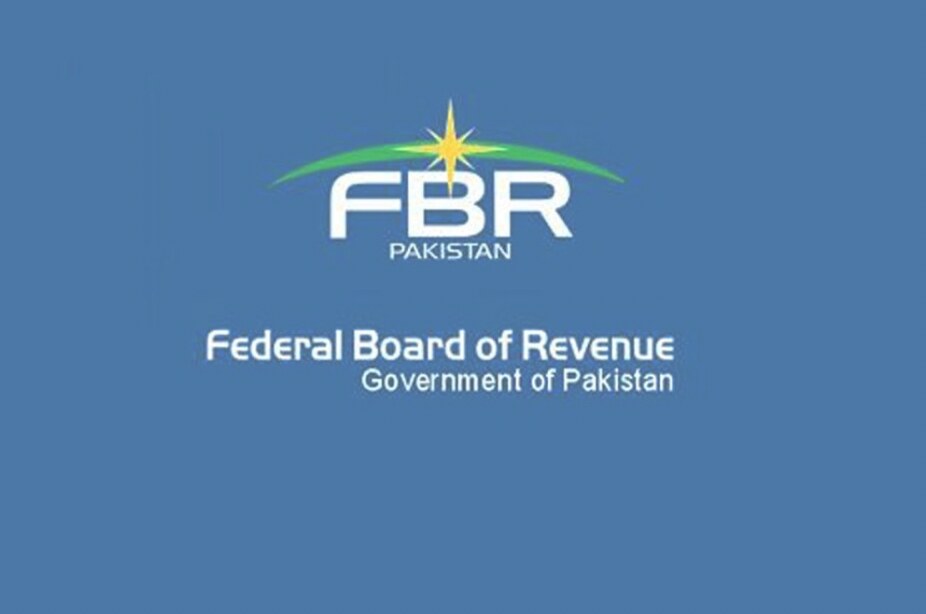
support@ledgermax.pk

+92 21 34559515-6
%20(1).jpg)
Is it the right time to expand my business? A balance sheet can answer this question most precisely as it lets you assess the equilibrium between the assets of your company against its debts to describe the financial worth and strength of your business. If you are a small business owner then you must be aware of the significance of balance sheets for your business. Balance sheets help you to perceive and examine trends, predominantly in the domain of payables and receivables. They allow you to swiftly administer the financial capabilities and strengths of your business. Still, not everyone knows how to create a balance sheet for their business. Here is a step by step guide on how to create a balance sheet for your business:
It is very important to understand the following equation first as it is the most basic depiction of what your balance sheet does:
Business Assets = Equity + Debts/Liabilities
Like any other mathematics equation, this particular equation can also be modified in order to segregate one category. Majority of investors and business owners play around with this equation in the following manner to calculate the worth of their company’s equity:
Equity of the Business = Assets – Debts/Liabilities
Now lets move forward to the next step.
Assets can be defined as anything including the investments, money and products owned by a business that can be turned into cash. Thus, in order to be in a financially stable position, a business ought to have assets greater than its debts or liabilities. In this situation, value is created in the stock or equity of the company which opens doors for further financing opportunities.
Thus, for creating a balance sheet, first divide your company’s assets into two categories; the current assets and the fixed assets. Current assets are possessions that can be turned into cash anytime soon within a year while fixed assets are long-standing belongings of the company that can eventually retain their worth minus the reduction.
It is very important to determine your business liabilities that include operational expenses, costs or debts. For a booming business, the liabilities must be less than the business equity. Again divide your company’s liabilities into two categories; current liabilities and fixed liabilities. The money spent, or need to be spent within a year falls under the category of Current Liabilities whereas payments payable after a year or so are categorized under the Fixed Liabilities section.
The formula is simple:
Equity of the Business = Assets – Debts/Liabilities
Your assets value after subtracting the liabilities is equal to the equity of your business i.e. the worth estimation of your business capital. If this formula gives you a negative result; then consider it an alarming situation for your business since your expenses are obscuring its incomes. On the other hand, if the result comes in a positive value than it denotes that the business is moving on the right track.
Combining all the features discussed above, your balance sheet will look something like this:

Though, balance sheets for SMEs can be accurately and effortlessly generated by accounting software like LedgerMax, it is very important to understand the procedure to make sure that your calculations are accurate.
LEDGERMAX BLOG


